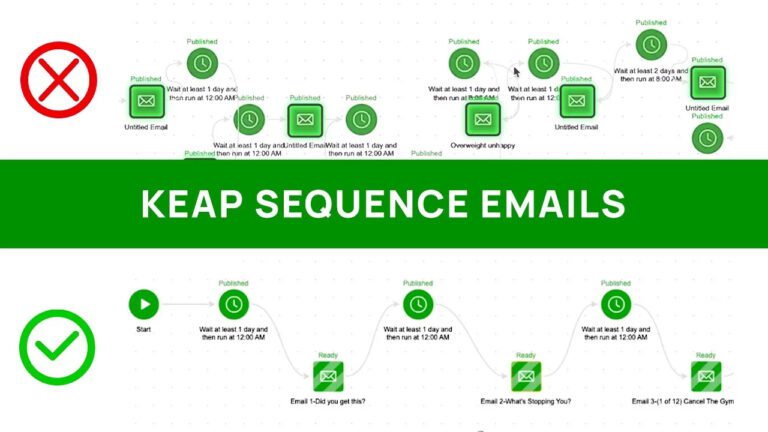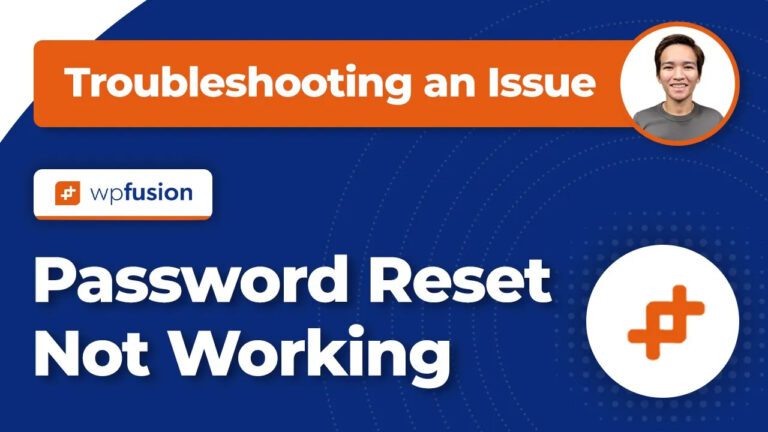Securing Your Amazon S3 Files: A Comprehensive Guide to Enhance Data Safety
As someone who’s passionate about helping you make the most of your digital presence, I want to focus on a critical aspect of ensuring the security of your valuable content. In this blog post, we’ll dive deep into the process of strengthening your file links within Amazon S3 to guarantee their protection. By following these steps, you’ll ensure that these links only function when accessed from authorized sources like your membership site or other designated websites. Let’s get started on this journey to create a strong protective framework for your digital assets.
Safeguarding Your Amazon S3 Files: A Step-by-Step Approach
Step 1: Accessing Your Amazon S3 Account
First things first, let’s log in to your Amazon S3 account and find the specific bucket where your files are stored. Once you’re there, head over to the “Permissions” section. This is where we’ll set up the necessary configurations to enhance security.
Step 2: Configuring Bucket Policies
Don’t worry if your bucket policy is currently empty – we’ll work on customizing it to meet your security needs. Access the bucket policy settings and introduce the code I’ve provided in the video above. You can easily find the code in the description below the video.
Step 3: Tailoring the Code
Now, let’s make some crucial modifications to the provided code. Replace the “website URL” placeholder with the actual URL of your website. Similarly, substitute the “bucket name” placeholder with the accurate name of the bucket where your files are stored. You can find the bucket name in the relevant section of your account settings.
Step 4: Aligning URLs
For seamless functionality, make sure that the URL structure within the code matches the URLs of your website. Double-check elements like “www” or “https.” Once you’ve made these adjustments, save the edited policy. This policy is the cornerstone of effectively safeguarding your file links.
A Practical Demonstration: Testing the Protective Setup
Let’s put the protective measures to the test with a practical example involving two file links. When you click a link within the authorized URL – your approved website – the file should download smoothly. This demonstrates that the policy we’ve set up is working effectively to protect your content.
On the flip side, if you attempt to access the same link from an unauthorized URL, you’ll encounter an error. This intentional outcome showcases the limited access, confirming that your file links are indeed shielded and functional solely within approved website URLs.
Avoiding Pitfalls: Recognizing the Risks of Improper Settings
It’s important to recognize that incorrect settings can inadvertently open the door to unauthorized access. Misconfigured links with public access could potentially be accessed by anyone who clicks them. These scenarios arise from settings and permissions that aren’t properly aligned in your Access Control List.
Mitigation Strategies: Adjusting Access Control Settings
If you ever need to tweak settings to rectify unintended access, simply navigate to the relevant page and make the necessary adjustments to permissions. Keeping a close eye on your Access Control settings is crucial to prevent any unauthorized access to your valuable content.
Conclusion: Strengthening Data Security for the Long Haul
To wrap things up, I’ve shared an in-depth guide to fortify your Amazon S3 file links. Beyond the convenience of expanding storage limits, Amazon S3 offers robust file protection mechanisms. Whether you’re using plugins like Memberium or opting for Amazon S3’s native features, following the steps outlined here will ensure that your content remains accessible exclusively within the digital spaces you’ve authorized.
Thank you for tuning in and engaging with this important information. Stay tuned for more valuable insights in our upcoming content.





